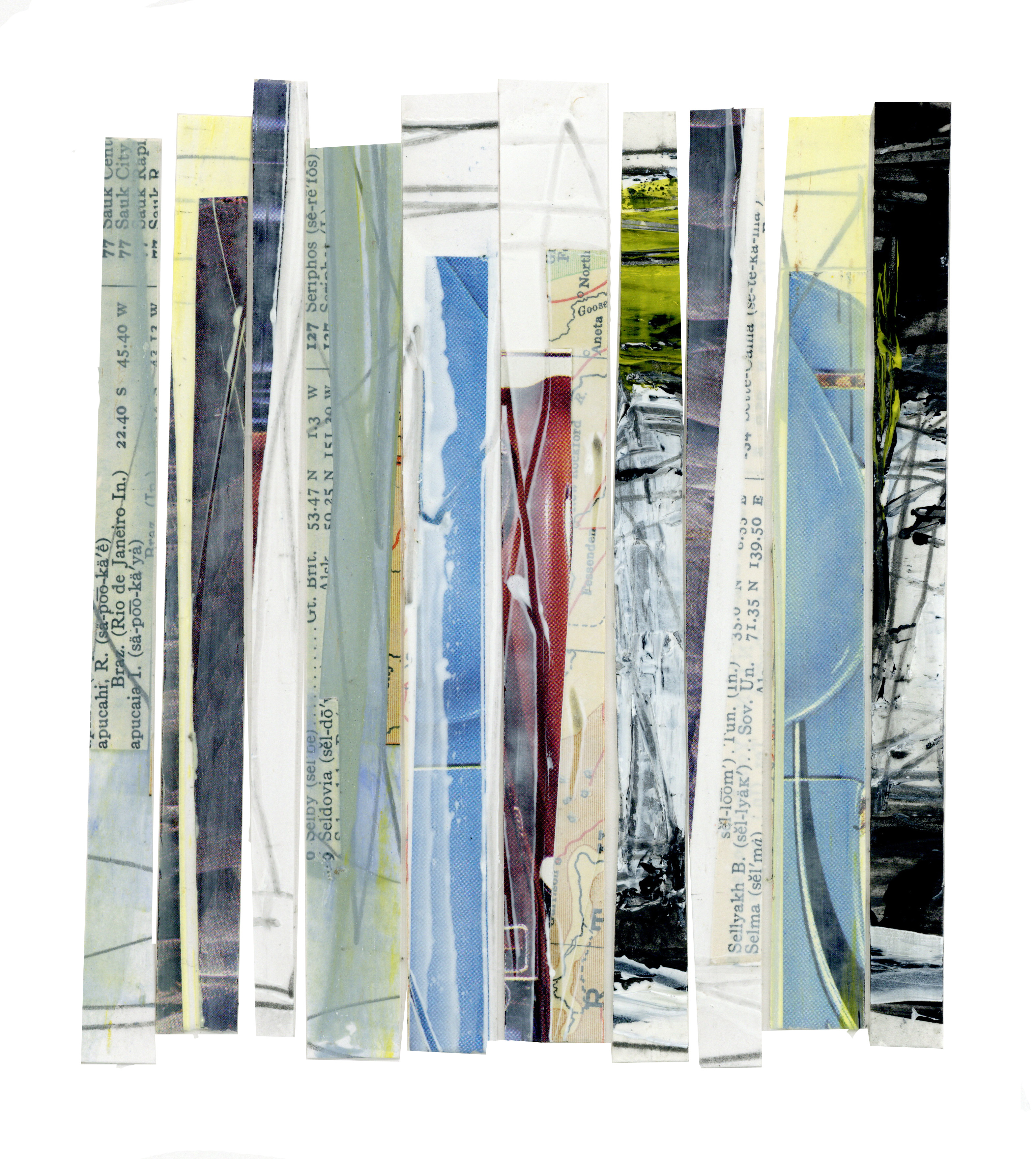
I am fascinated with barcodes. Naming and identifying something is a powerful act. A barcode is different from the identifiers we give our pets, children, friends, loved ones or enemies. The barcode is much more mysterious and requires special equipment to decipher. The information tethered to a particular barcode can be complex and vast, but to the average observer it is difficult to distinguish one barcode from another. To access the power of a barcode you must have a “reader” and be granted access to the electronic data that is hidden behind the seemingly innocuous pattern..
With all the products being produced today, one would think that eventually we would run out of barcodes. However, our math instructors taught us that if we locate the halfway point between two given points and then the halfway point between that center point and so on, we never reach the end point. We will continue to get closer but will always remain half way between two points. By varying the distance between each line and thickness of those lines an infinite number of codes can be created within a very limited space. The number of barcodes that can be created is determined solely by the accuracy of the printers and barcode readers.
The barcode system we are most familiar with was developed in the 1960s and, after a rocky start, commercially took hold in supermarkets around the early 1970s. There were many companies that attempted to develop a visual coding system for various commercial purposes. For example, Automatic Car Identification (ACI) involved placing colored stripes in various combinations on the sides of railcars.
Technical problems with reading the code on a moving train car eventually led to ACI’s failure. It is interesting to note that there is now something called DNA barcoding – a method that uses a short genetic marker in an organism’s DNA to identify it and its particular species.
The work shown here is a single painting in a vast series of works that explore the idea of human barcodes – a visual identifier for an individual or social encounter. This work is not about organizing or summarizing information that can be measured but rather exploring the expressive and unseen qualities that define a particular person or interaction. My hope is that the earnest observer would begin to identify with particular paintings that could then be adopted as their identifier or associated with a particular event. Like commercial barcodes, there is an element of mystery that surrounds each painting – concealing and protecting its deep meaning.
